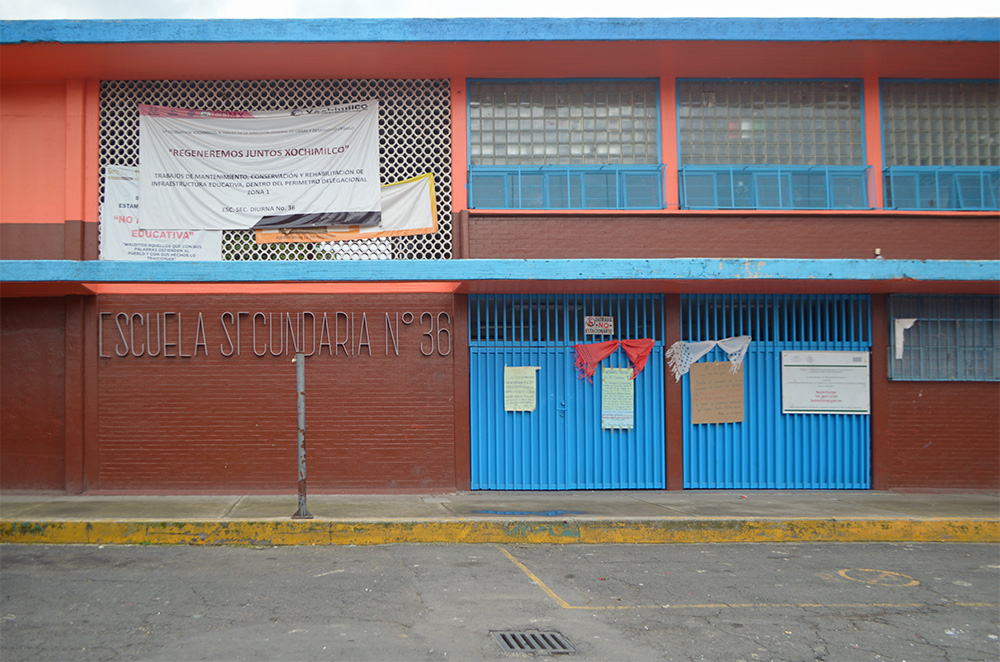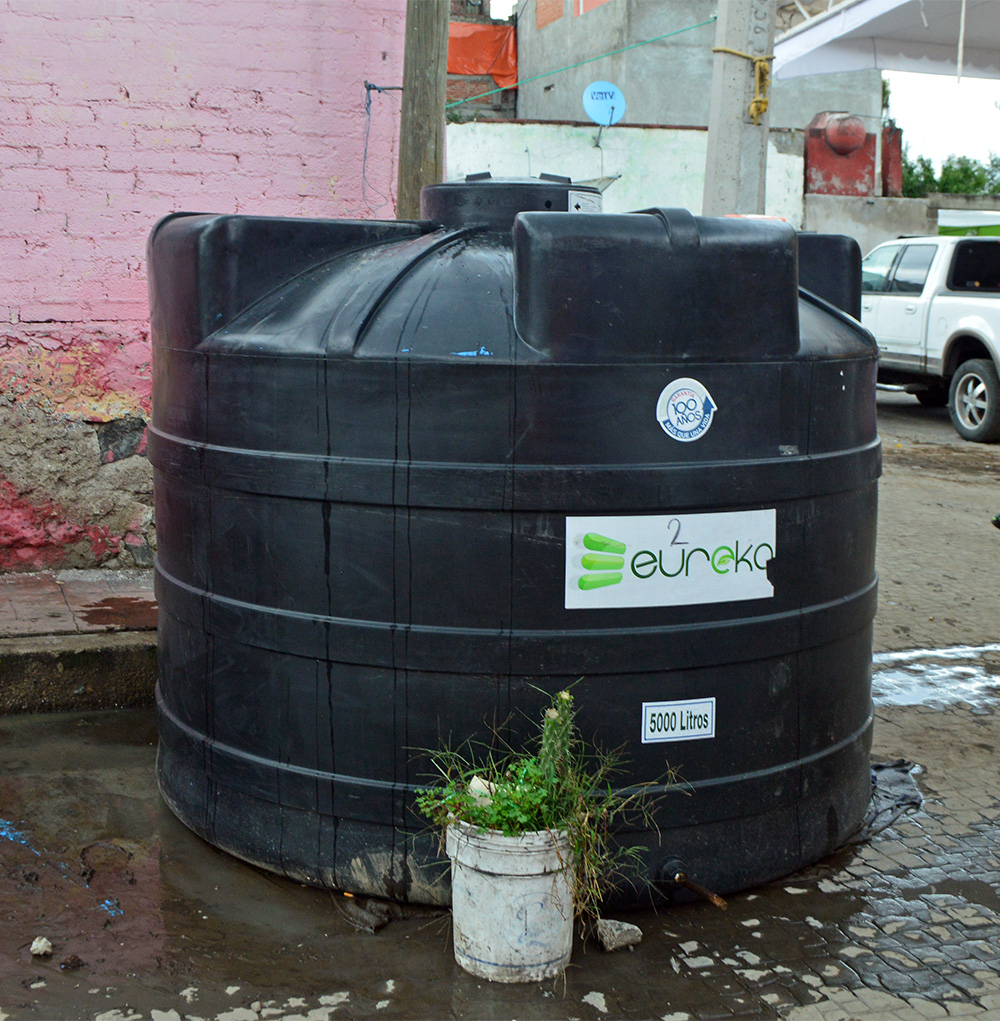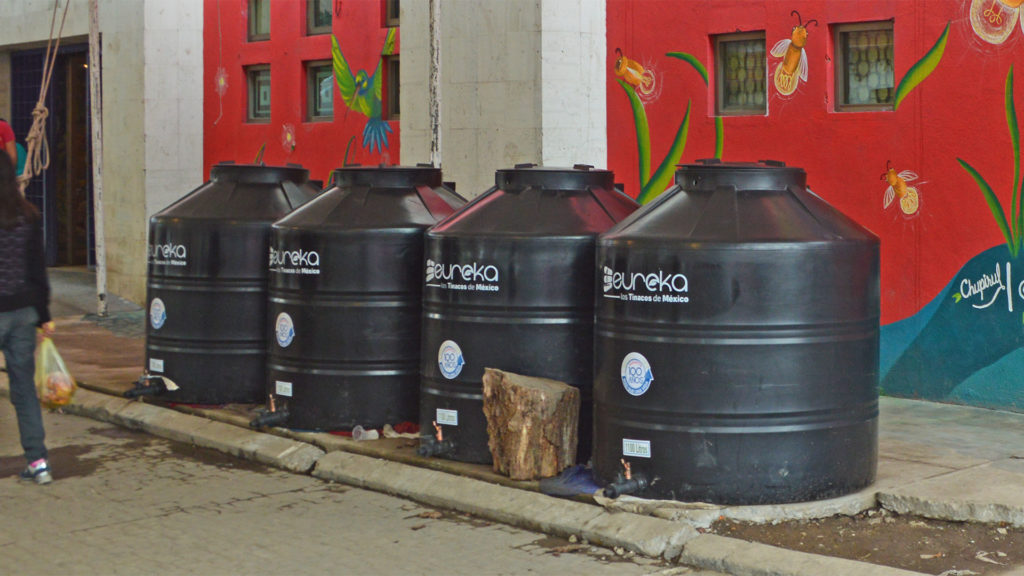Day 9 – Monday, October 2
Today’s blog is authored by Erica Fischer, PhD, PE. She is an Assistant Professor at Oregon State University in the Civil and Construction Engineering Department. She has over five years of structural engineering experience in New York and Seattle. Dr. Fischer has been a member of reconnaissance teams in Haiti, Napa, and Italy. She currently focuses her research on resilient and sustainable building infrastructure in both earthquakes and fires.
—
We started our day by checking in at the Colegio de Ingenieros Civiles de Mexico (Civil Engineering Institute of Mexico) (CICM). This group is organizing the structural engineering reconnaissance and post-earthquake building safety evaluation effort. This response, which began directly after the earthquake, includes:
- linking groups of structural engineers with students at UNAM
- providing building assessment forms to the structural engineering teams
- collecting the assessment information and developing a google map indicating those buildings that have been assessed and their damage level.
Those individuals working with the CICM receive badges here that indicate the engineers are certified by the CICM. These badges provide building owners proof of capabilities. We have found that these badges also provide some access to buildings that we otherwise would not have. Our team was linked with a fantastic student at UNAM who helped us plan out our day for tomorrow and was very interested in the work we were doing on the performance of water infrastructure. After the CICM, our group split in two – one group headed to Iztapalapa to look at a power substation and some buildings while Darin and I went to UNAM to meet with two water infrastructure experts. These meetings were able to shed light on the damaged pipelines we had seen the day before in Tlahuac and provide background knowledge on the water infrastructure network in Mexico City. It was very interesting to fill in the gaps regarding the story of Mexico City’s water infrastructure network, some of their greatest challenges, and some future planning goals. Both of these experts were part of the reconnaissance after the 1985 earthquake. We were able to hear about direct comparisons between the performance of the water infrastructure in the 2017 earthquake and the 1985 earthquake. We learned that there was significantly less damage after the 2017 earthquake, and the damage that did occur was repaired much quicker. One of the experts suggested that we go to Xochimilco to see additional pipeline damage.

Darin and I headed to Xochimilco and arrived at the No. 36 secondary school. This school has been closed since the earthquake and is waiting for an inspection. That means the school has been closed for about two weeks, hindering parents from going to work, as they provide childcare in lieu of schooling. This can negatively affect the economy in the region. School functionality and continuity is an issue that is actively being discussed by Oregon and Washington States’ Emergency Management Division (EMD).
As we walked around Xochimilco, we did not see pipeline damage in the downtown region but one of the locals did show us on a map where we could find some pipeline repairs and damage between Xochimilco and Tlahuac. With this suggestion we began to travel in that direction. We were able to see one location of water pipe damage between the two areas of Mexico City. We also saw large storage water tanks. These tanks are provided to the community for water access while the pipelines are being fixed. They are filled frequently by water trucks distributed by SacMex.

Today’s theme was definitely resiliency. The work by the CICM showed how quickly the structural engineering community can organize efficiently and effectively. These coordination efforts included not only the domestic Mexico structural engineering community, but also the many international engineering teams coming to Mexico City that the CICM has organized in a very efficient manner. The efficiency and organization allows the CICM and the City to understand where the damaged buildings are concentrated for recovery efforts. Learning about the background of Mexico City’s water infrastructure highlighted some of the unique challenges this City faces on a daily basis. From what we learned, Mexico City has significantly improved its response to water infrastructure damage from earthquakes since 1985, but there is still a long way to go. The City also has some unique challenges in the future to tackle, including the day-to-day subsidence and settlement of the City. Lastly, seeing the school closure highlighted community resilience and the impact of school closures on a community and local economy.
—
Stay tuned for daily updates from our team… and if you have questions about our efforts, please comment below and we will respond with an answer.


